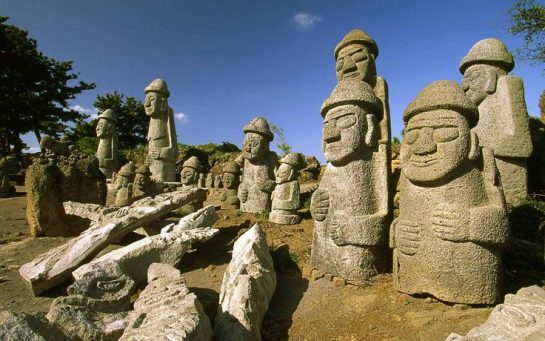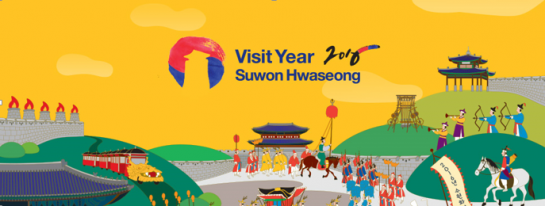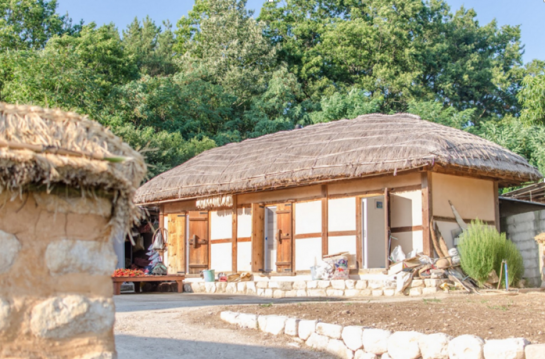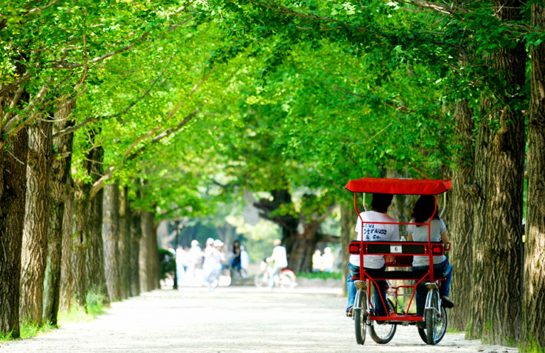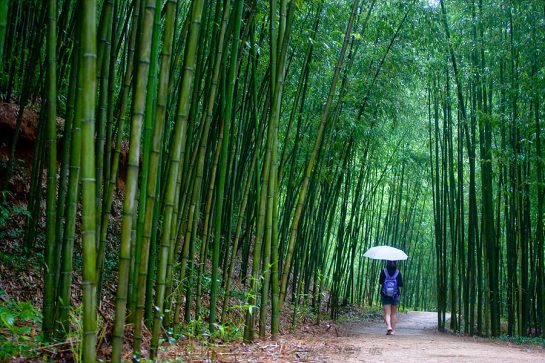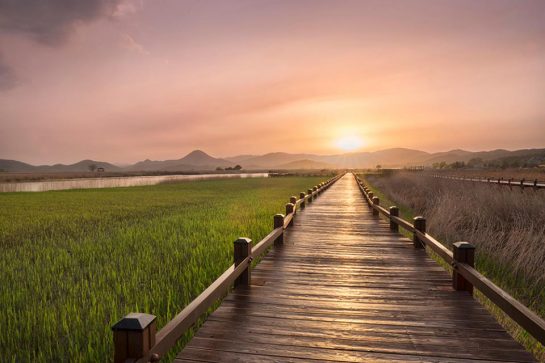“Dol hareubang” means literally “stone grandfather” in Jeju’s dialect. Although, those statues were not called this way initially. About the time of the restoration of independence, some inhabitants started to call them Dol hareubang. In the begging, in a joking way but in the end, […]
Read more ›Category: Outside of Seoul
Suwon’s year : promoting the Hwaseong fortress
City near Seoul, Suwon is a city with a lot of historical monuments. Less than one hour south of the capital, it is the largest city in Gyeonggi-do province. Famous for its World Heritage-listed fortifications build during the Joseon dynasty, by its ruler King jeongjo […]
Read more ›Gyeongju Yangdong Village [UNESCO World Heritage]: turning a hundred years back
What are you thinking when you hear about ‘folk village’? South Korea counts many folk village within its peninsula. A Majority of them have been restored whereas only few have been preserved ones. Yangdong Village is the most famous as it is Korea’s largest traditional […]
Read more ›Nami Island, Beautiful harmony nature with humanity
Nami Island is a tiny half-moon shaped island that about 60km away from Seoul. Not a natural Island but formed as a result of the construction of the Cheongpyeong Dam. This island is famous for its beautiful tree lined roads and sceneries. The Island is […]
Read more ›Damyang Bamboo Forest Tour
Damyang Bamboo Forest The Damyang Bamboo Forest, or Juknokwon (죽녹원) is a 25-acre complex full of hiking trails, man-made waterfalls, and, of course, bamboo. The relaxing and refreshing effect of the bamboo blowing in the wind is enough to calm even the […]
Read more ›Suncheon Bay Tour Info.
Suncheon Bay is a treasure of nature, composed of both flatlands and reed fields. It is located in Suncheon –a southern coastal city in South Jeolla Province. Depending on the season you go there, you can expect different types of nature scenes unfolding in front […]
Read more ›
